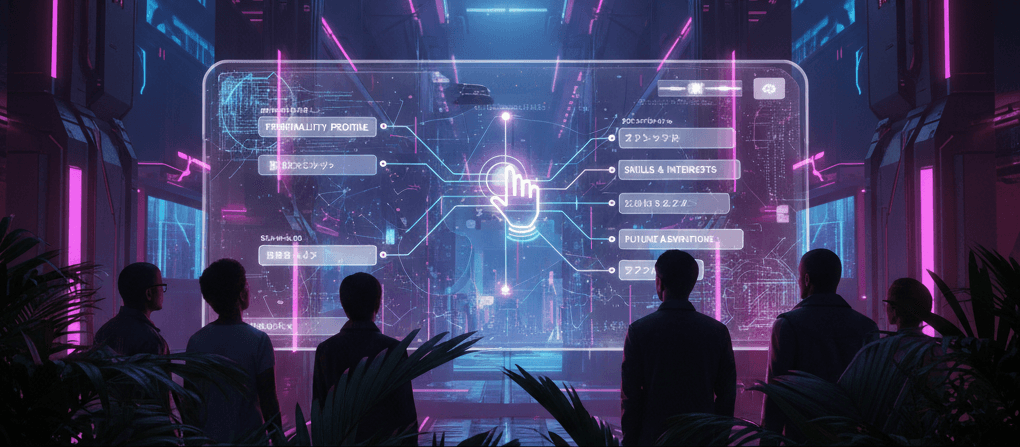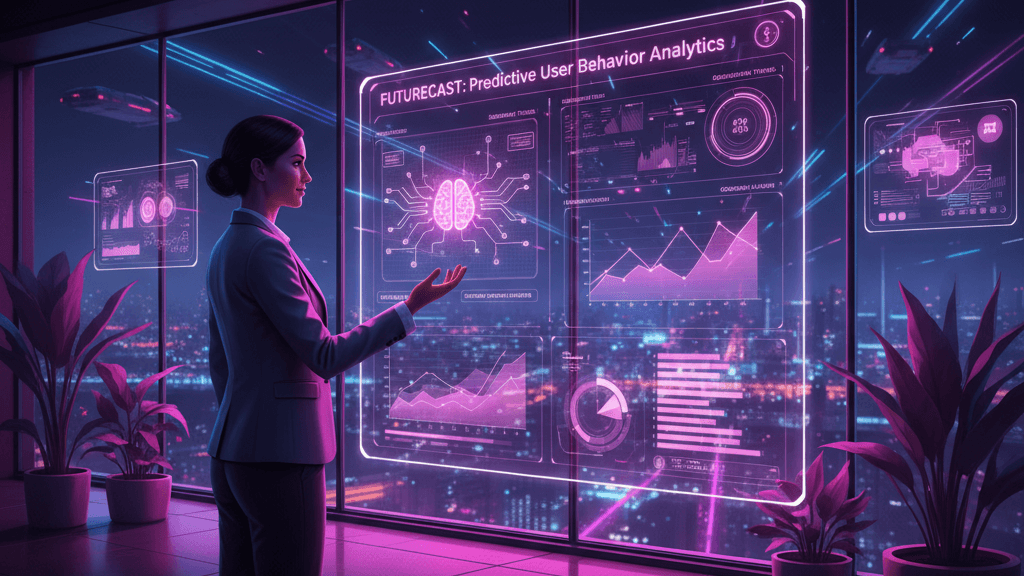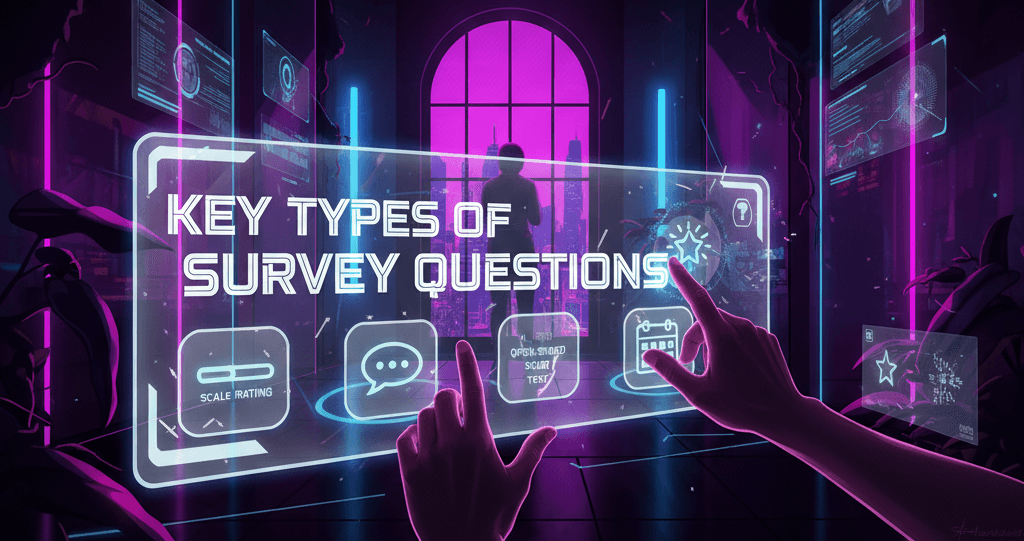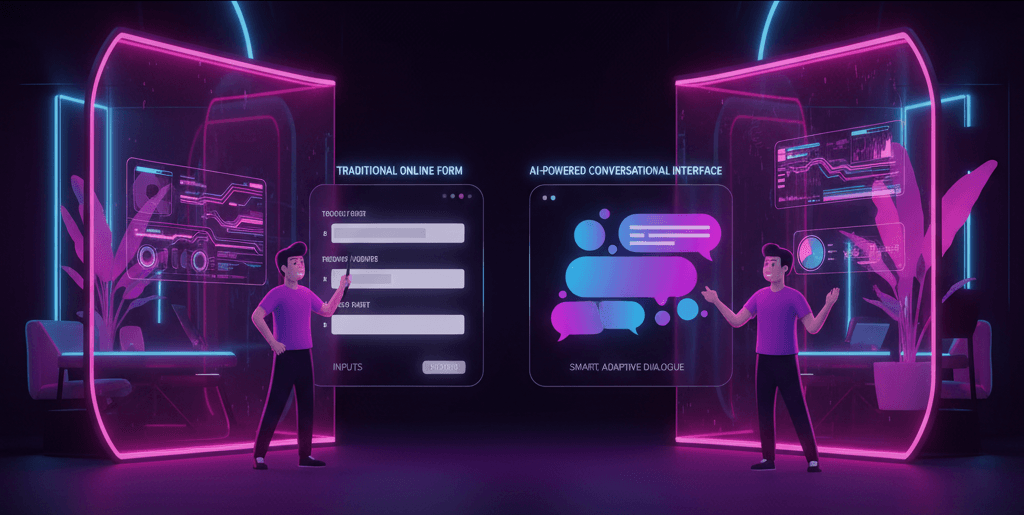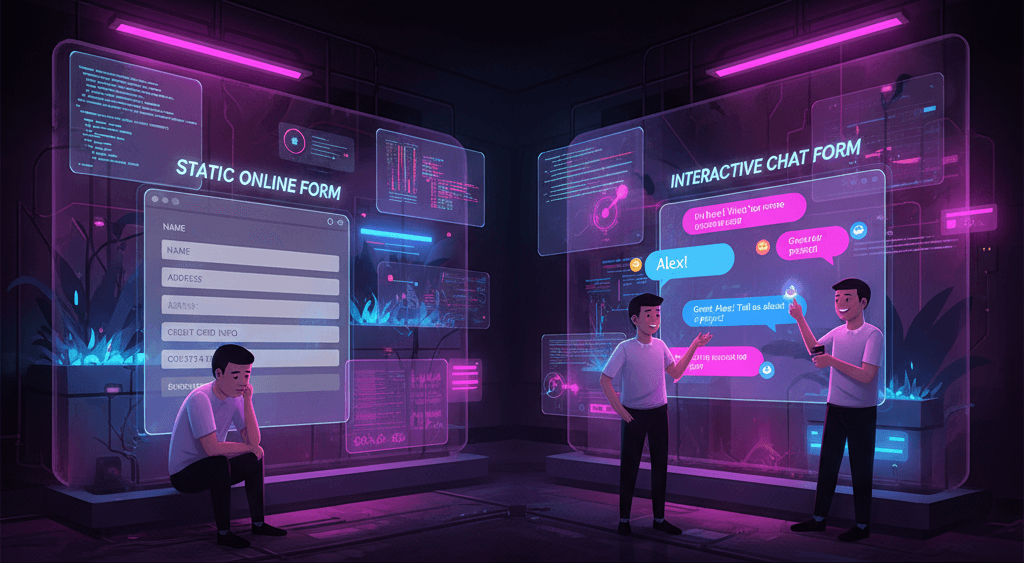Introduction to AI Customer Service Evolution
In just a few short years, artificial intelligence has reshaped how companies engage with their customers. From chatbots to virtual assistants, AI-powered tools are no longer seen as futuristic, they’re foundational to modern customer service strategies.
What began as simple automation of FAQs has now evolved into intelligent, adaptive systems that understand human behavior, preferences, and even emotions.
The shift is not just about replacing human agents but enhancing how brands interact with people. AI is creating experiences that are faster, smarter, and more intuitive.
As we approach 2025, this transformation is accelerating. In this article, we explore seven powerful AI trends that are set to redefine customer service in the coming year.
Predictive Service Models
One of the most exciting developments in AI customer service is the move from reactive to predictive support. Rather than waiting for customers to reach out with issues, companies are using AI to anticipate problems before they happen.
What Are Predictive Service Models?
Predictive models use historical data, real-time analytics, and machine learning to forecast customer behavior. For example:
- Telecom companies use AI to detect signs of service degradation and alert users before they experience problems.
- E-commerce platforms analyze buying behavior to predict shipping delays or product dissatisfaction.
How This Transforms Customer Experience
Customers no longer need to explain issues, they’re resolved (or at least acknowledged) proactively. This reduces friction, boosts satisfaction, and builds brand loyalty.
Tools Powering This Trend
- Predictive analytics engines (like SAS or IBM SPSS)
- CRM-integrated AI tools (like Salesforce Einstein)
Custom-built ML models using platforms like Google Cloud AI or AWS SageMaker
Voice-First Experiences
Typing is becoming optional. With the rise of voice assistants like Alexa, Siri, and Google Assistant, customers are increasingly turning to voice for faster, hands-free service.
What Are Voice-First Experiences?
These are customer service interactions initiated and completed using voice commands, no screens, no keyboards. Companies are embedding voice-enabled features into apps, websites, and support lines.
Why This Matters
- Speed and convenience: Voice eliminates the need for navigating menus or typing long messages.
- Accessibility: Voice-first is more inclusive for users with disabilities or those on the go.
Examples of Voice-First Applications
- Banking apps letting users check balances or report stolen cards using voice.
- Travel agencies allowing flight changes via voice-enabled bots.
- Smart home services responding to service queries through devices like smart speakers.
Voice recognition accuracy continues to improve thanks to NLP (Natural Language Processing) and ASR (Automatic Speech Recognition), making voice-first an inevitable norm by 2025.
Emotion and Sentiment Analysis
Gone are the days of robotic replies. Today’s AI can detect and respond to human emotions, making interactions more human-like and empathetic.
What Is Sentiment Analysis?
It’s the process where AI analyzes customer messages (voice or text) to determine emotional tone, positive, neutral, or negative. Some advanced tools go further, detecting frustration, sarcasm, or joy.
Tools and Techniques
- NLP engines like OpenAI, Google Cloud Natural Language, and IBM Watson
- Speech emotion recognition models using vocal tone, pitch, and tempo
- Text-based sentiment tools integrated into CRM systems
Real-World Impact
- Call centers routing angry customers to experienced agents
- Chatbots adjusting tone when a customer is frustrated
- Retailers offering discounts or apologies when negative sentiment is detected
By 2025, AI won’t just understand what customers are saying, but how they’re feeling.
Hyper-Personalization at Scale
Customers expect more than generic responses, they want brands to “know” them. AI now enables hyper-personalization, creating tailored interactions at a scale previously impossible.
What Is Hyper-Personalization?
It combines real-time data (like location, behavior, device usage) with AI to customize every interaction. This can include:
- Product recommendations
- Support replies tailored to past purchases
- Dynamic messaging based on user behavior
How AI Enables This
- Customer data platforms (CDPs) unify data from all touchpoints
- Machine learning identifies patterns and preferences
- AI engines deliver real-time personalized content or responses
Use Case Example
- Streaming services recommend support articles based on viewing behavior
- Retailers provide size recommendations from previous returns
- Banks offer personalized financial advice via chatbots
In 2025, personalization will no longer be a bonus, it’ll be the expectation.
6. Multilingual AI Support
As brands go global, language should never be a barrier. AI-powered customer service is becoming truly multilingual, breaking down borders and improving global customer satisfaction.
AI’s Role in Multilingual Support
AI language models can now understand, translate, and generate human-like responses in multiple languages, instantly.
Tools Behind the Trend
- Neural Machine Translation (like Google Translate, DeepL)
- Multilingual NLP models (e.g., Meta’s SeamlessM4T, OpenAI’s GPT multilingual models)
- AI contact center platforms with built-in translation (like Unbabel, Lang.ai)
Benefits for Businesses
- Serve international customers without scaling human teams
- Reduce response time for non-English queries
- Maintain consistent brand tone across languages
By 2025, expect real-time translation to become a core feature in AI chatbots and virtual assistants.
Self-Learning Systems
AI is no longer static. Self-learning systems continuously improve from every interaction, becoming smarter and more efficient over time.
What Are Self-Learning AI Systems?
These systems use reinforcement learning and continuous feedback to:
- Improve their understanding of queries
- Reduce error rates
- Optimize responses based on past performance
How It Works
- Feedback loops (thumbs up/down, customer ratings)
- Ongoing training with updated datasets
- A/B testing different response styles to refine tone and structure
Benefits
- Reduced need for manual updates
- Faster adaptation to customer trends
- Consistent improvement in accuracy and helpfulness
Imagine a chatbot that becomes better with every chat. That’s not sci-fi, it’s happening now and will become a standard by 2025.
Preparing for the Future
AI is revolutionizing customer service, but how can businesses prepare for what’s coming in 2025?
1. Invest in Infrastructure
Scalable cloud platforms, robust APIs, and strong data governance are the foundation for AI-driven support.
2. Embrace AI-Human Collaboration
The goal is not replacing agents, but empowering them. AI should handle repetitive queries, while humans solve complex, emotional, or high-stakes issues.
3. Focus on Data Ethics and Privacy
As personalization increases, so does the need for transparency. Customers want to know how their data is used. Build trust by being clear, compliant, and ethical.
4. Upskill Your Teams
AI tools need trained professionals to configure, monitor, and optimize them. Invest in AI literacy across your customer support and IT teams.
5. Measure What Matters
Track key KPIs like:
- Customer satisfaction (CSAT)
- First contact resolution (FCR)
- AI containment rate (how many issues AI resolved without human help)
These metrics will help you align AI success with customer experience goals.
Final Thoughts
As we move into 2025, AI isn’t just enhancing customer service, it’s redefining it. From predictive models to emotionally intelligent bots, companies that embrace these trends will stay ahead of the curve and build stronger customer relationships.
But remember: AI is only as powerful as the strategy behind it. Success will depend on how well you align technology with human insight, ethical practices, and a relentless focus on customer needs.




